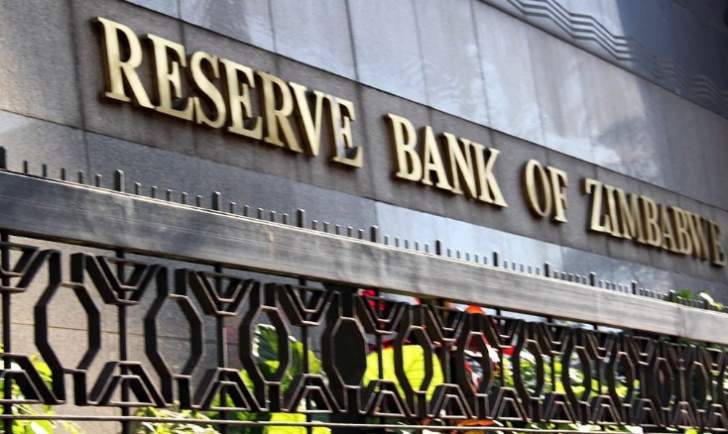Tight monetary policy a notable success: RBZ
The Reserve Bank of Zimbabwe (RBZ) has described its tight monetary policy a success, citing a significant shift away from past practices of money printing and a renewed focus on building confidence.
Addressing the diaspora community in Washington, US, where he is attending the International Monetary Fund (IMF) and World Spring meetings, central bank governor Dr John Mushayavanhu noted the lessons learnt from previous economic challenges, saying unequivocally, “if printing money could solve countries’ problems, there would be no country that would not succeed”.
“We have learned our lesson. We said ‘Let’s go back to basics’.”
Introduced in April last year, the Zimbabwe Gold (ZiG) currency saw a period of value depreciation that triggered widespread misunderstanding, particularly given the concurrent stability and even appreciation of global gold prices.
The disconnect led to confusion among the public and economic observers alike, with many questioning why a gold-backed currency would lose value when the underlying asset was performing well.
Dr Mushayavanhu clarified that the domestic currency is gold and precious mineral-backed, meaning it is underpinned by gold and foreign currency reserves, rather than directly pegged to the fluctuating price of gold, which would violate some of the international agreements.
“Our currency is backed by gold,” Dr Mushayavanhu said, promising to later present figures demonstrating the backing of every circulating currency unit by gold and foreign currency.
“I would like to mention that this new currency is not gold mint.”
“There is a difference between the two. Gold mint means our exchange rate will be tracking the price of gold.”
By the end of March 2025, the reserves stood at US$629 million, a notable rise from the US$276 million recorded at the end of April 2024.
According to Dr Mushayavanhu, the level of reserves is sufficient to cover all ZiG deposits within the banking sector, which he believes points to the sustained stability of the ZiG.
Dr Mushayavanhu also highlighted the central bank’s active role in targeting low inflation since last year as a crucial component of its successful monetary policy.
The approach, coupled with the commitment to a credible and consistent central bank policy, signals a determined effort to stabilise the economy and foster a more predictable financial environment.
Finance, Economic Development and Investment Promotion Minister Professor Mthuli Ncube has consistently underscored that the primary objective of the liquidity management programme is to safeguard the value of the domestic currency.
Prof Ncube elaborated that effective liquidity management, aimed at preventing excessive expansion, directly addresses the key factors driving currency volatility, instability, and the resulting inflationary pressures, ultimately promoting broader macroeconomic stability.
One of the primary concerns surrounding the domestic currency was the destabilising effect of substantial bullet payments to contractors exchanging it for US dollars.
Dr Mushayavanhu has previously allayed fears that payments to Government contractors would destabilise the currency due to increased demand for foreign exchange.
His reassurances come against a backdrop where past episodes of currency volatility have been largely attributed to substantial, one-off “bullet” payments to contractors.
The significant injections of newly created money into the financial system often triggered inflationary spirals and undermined the value of the local currency.
Dr Mushayavanhu addressed this historical context, emphasising that the funds earmarked for the current contractor payments are not newly printed money.
Instead, the funds are already circulating within the existing financial ecosystem.
This distinction is crucial, as it suggests a deliberate departure from the previous approach that often fuelled economic instability.
By utilising existing resources, the RBZ aims to avoid the demand-supply imbalances that previously plagued the domestic currency.-herald










